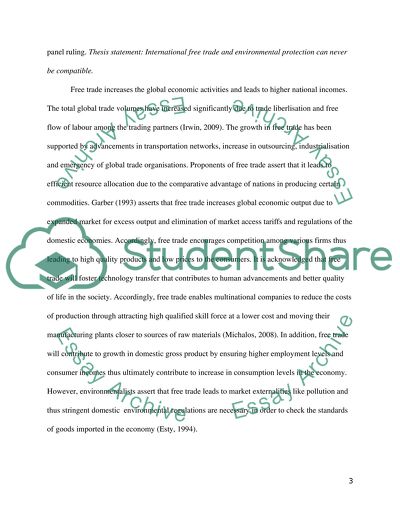Cite this document
(Trade and the Environment Assignment Example | Topics and Well Written Essays - 2000 words, n.d.)
Trade and the Environment Assignment Example | Topics and Well Written Essays - 2000 words. Retrieved from https://studentshare.org/macro-microeconomics/1495116-issues-in-global-political-economy
Trade and the Environment Assignment Example | Topics and Well Written Essays - 2000 words. Retrieved from https://studentshare.org/macro-microeconomics/1495116-issues-in-global-political-economy
(Trade and the Environment Assignment Example | Topics and Well Written Essays - 2000 Words)
Trade and the Environment Assignment Example | Topics and Well Written Essays - 2000 Words. https://studentshare.org/macro-microeconomics/1495116-issues-in-global-political-economy.
Trade and the Environment Assignment Example | Topics and Well Written Essays - 2000 Words. https://studentshare.org/macro-microeconomics/1495116-issues-in-global-political-economy.
“Trade and the Environment Assignment Example | Topics and Well Written Essays - 2000 Words”, n.d. https://studentshare.org/macro-microeconomics/1495116-issues-in-global-political-economy.


